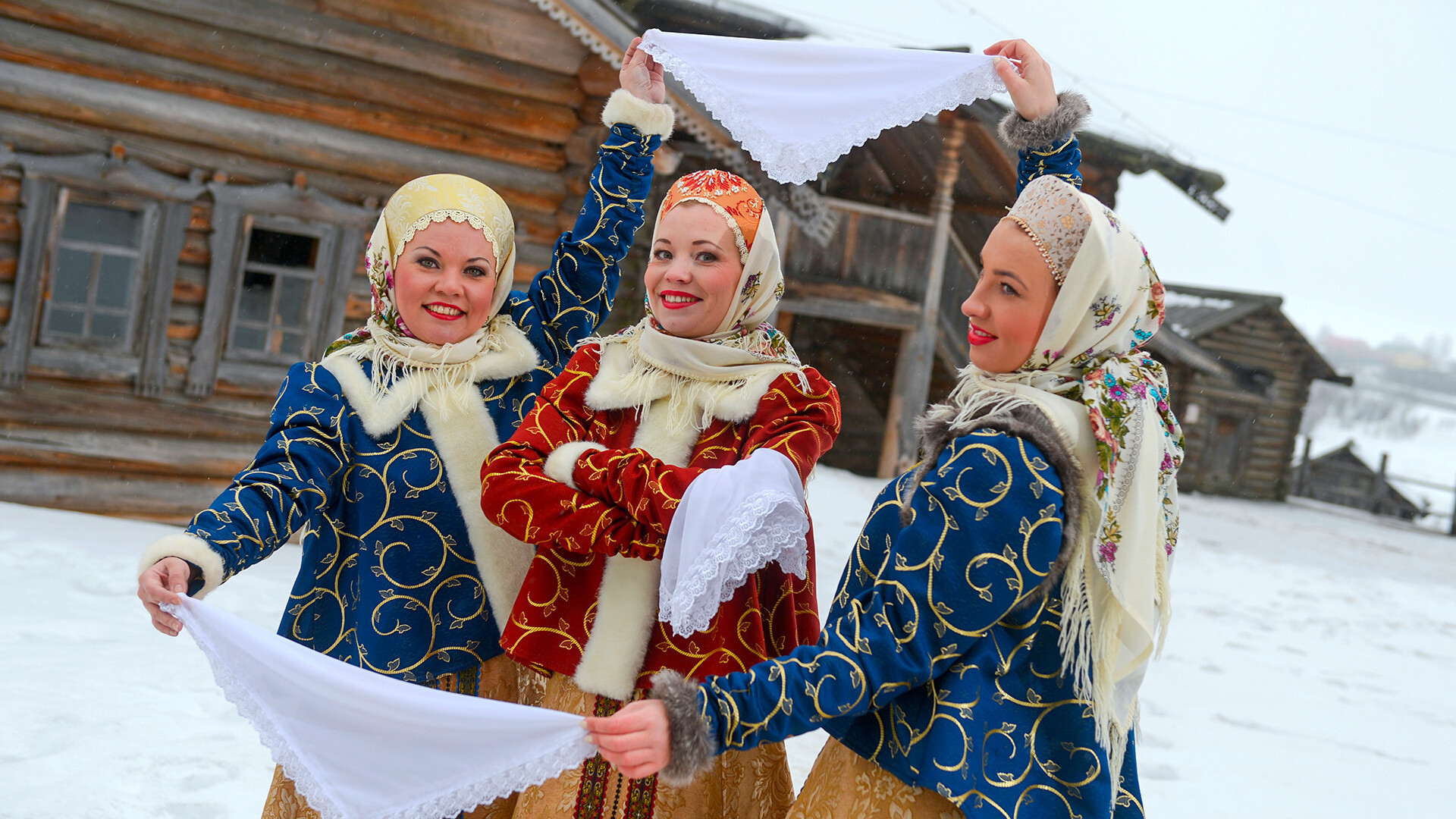
At the Malye Korely Museum of Wooden Architecture in the Arkhangelsk Region.
Vladimir Trefilov/SputnikSeems like the North is always the North, but what does the ‘Russian North’ mean? No, it’s not the Arctic and not even Siberia. This concept is not about geography.
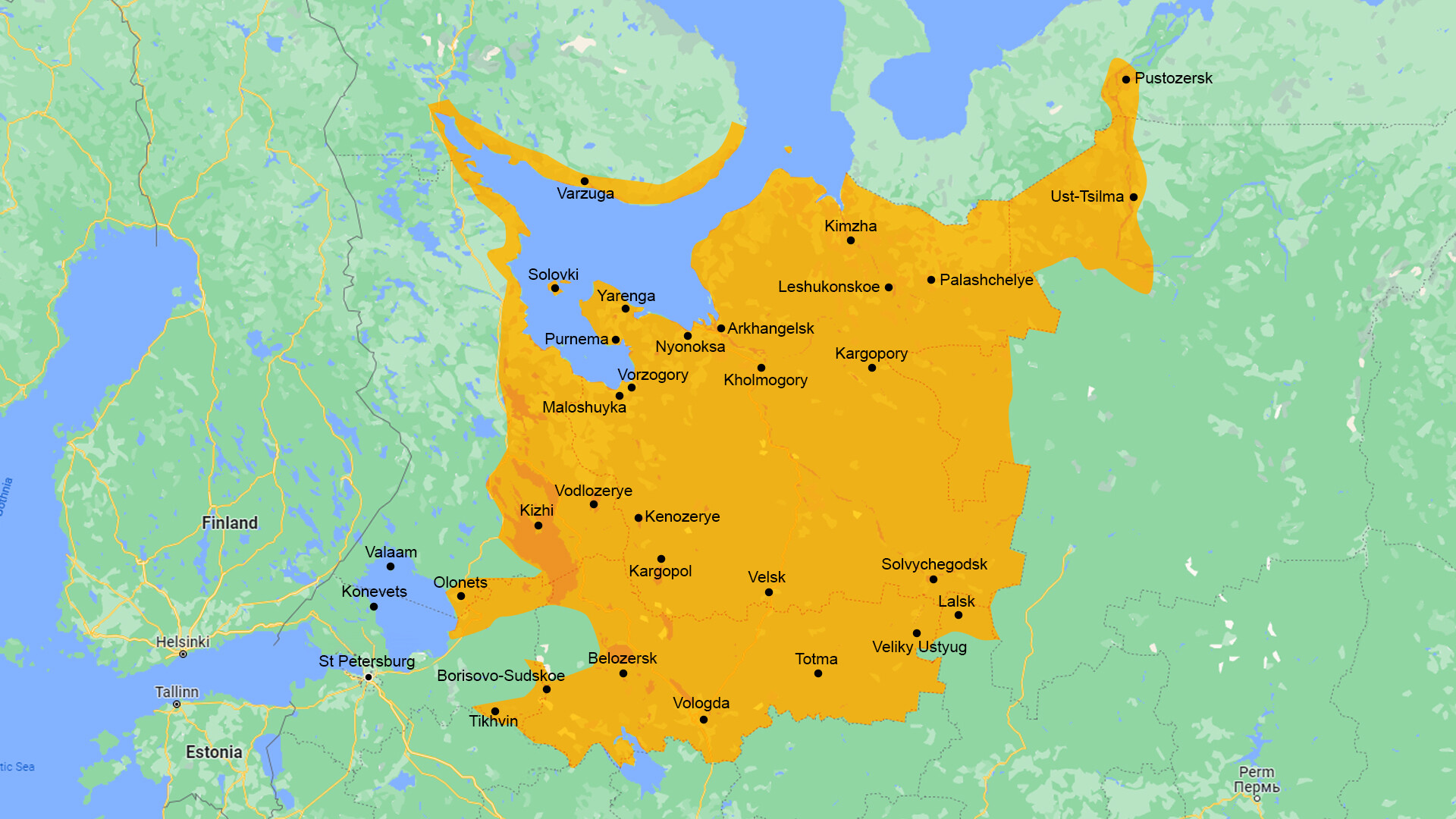
The Russian North.
Anton Romanov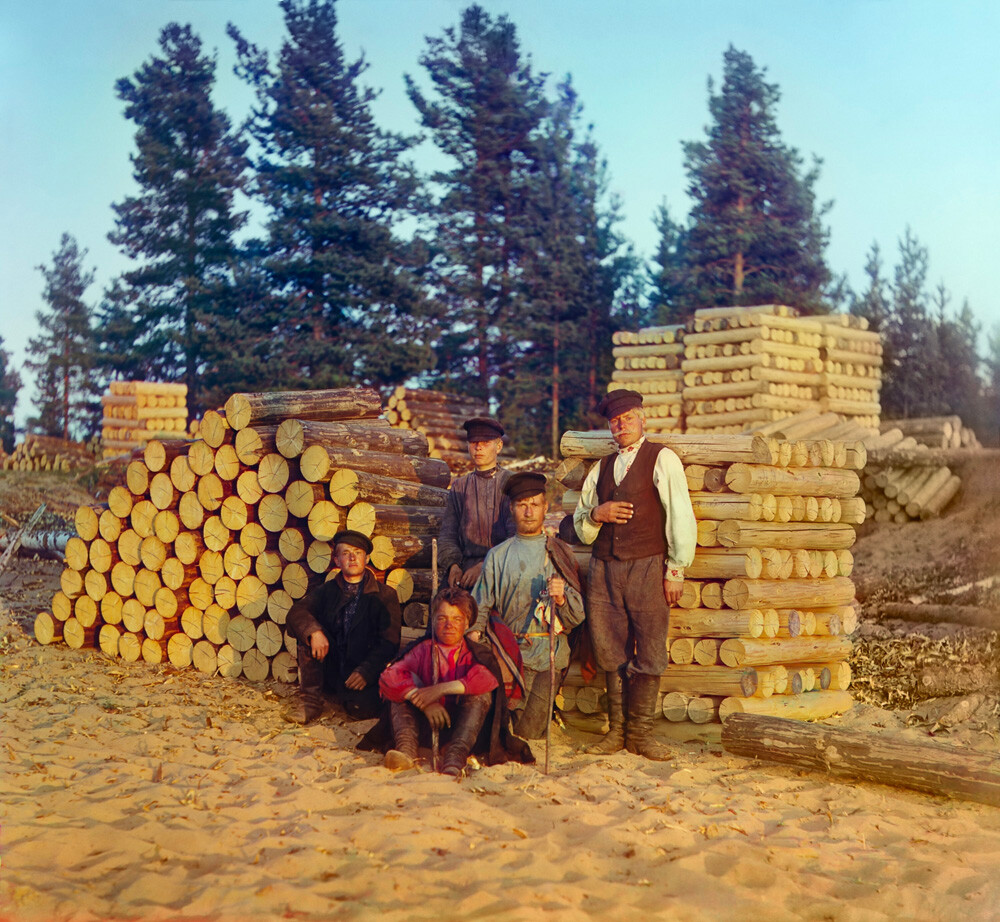
Vytegra, Vologda Region, 1909.
Sergey Prokudin-GorskyThe term ‘Russian North’ once appeared in the late 19th century in the notes of the Arkhangelsk governor and, since then, has been used by writers, scientists and even officials. In his understanding, it meant a certain common culture of people who lived in the northwestern part of Russia. Scientists call them representatives of the Northern Russian ethnographic group, which are united by a similar culture, way of life and have a similar dialect.
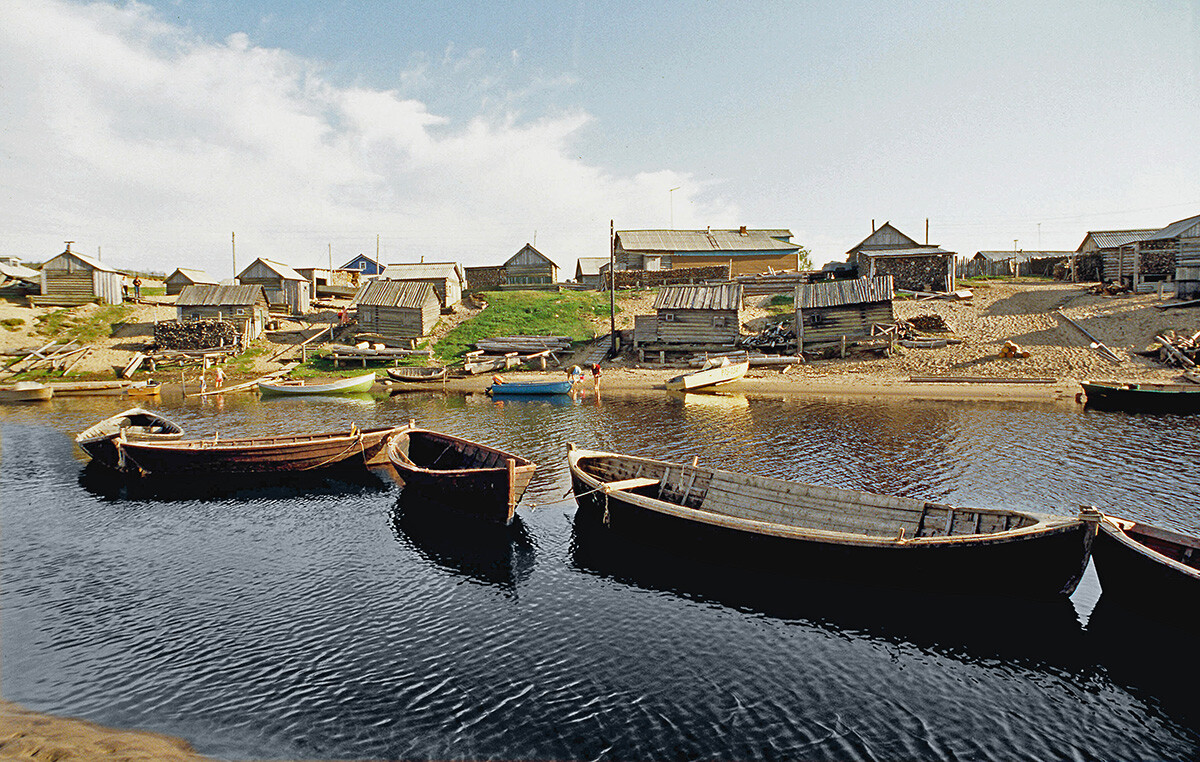
The village of Suzma in the Arkhangelsk region, nowadays.
Alexander Lyskin/SputnikUsually, the Russian North is understood as a part of the lands from the coast of the Barents and White seas and up to the Urals, that is, the European part of the north of Russia. Territorially, it is Karelia, Arkhangelsk Region, the Komi Republic, part of Murmansk Region, part of the Nenets Autonomous District, Vologda Region, part of Yaroslavl Region, part of Kirov Region and part of Perm Territory.
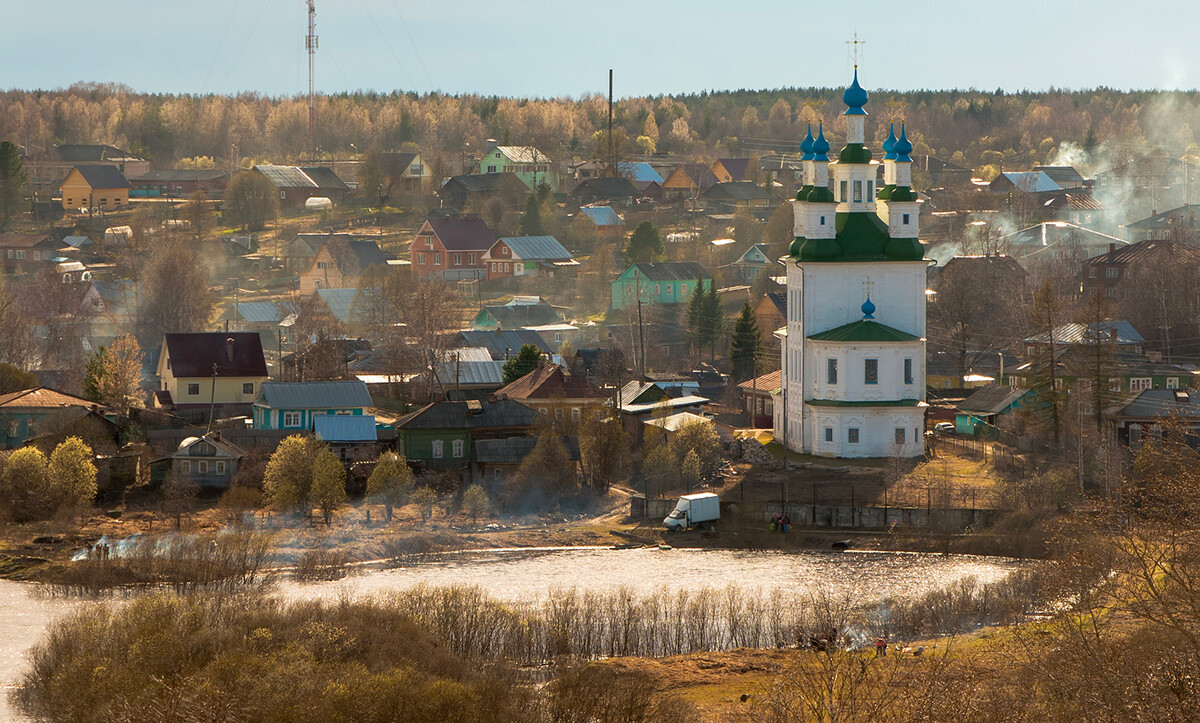
Totma, Vologda Region.
Legion MediaThere is even a phrase among the people: “The North begins with Vologda.” In the past, the Vologda area had great commercial importance, as the trade route from Europe through Arkhangelsk to central Russia and Siberia passed through there. Belozersk, Veliky Ustyug and Totma were home to the richest merchants (including the founders of Russian America). The area lost its position with the development of St. Petersburg and the redirection of trade routes from the White Sea to the Baltic Sea.
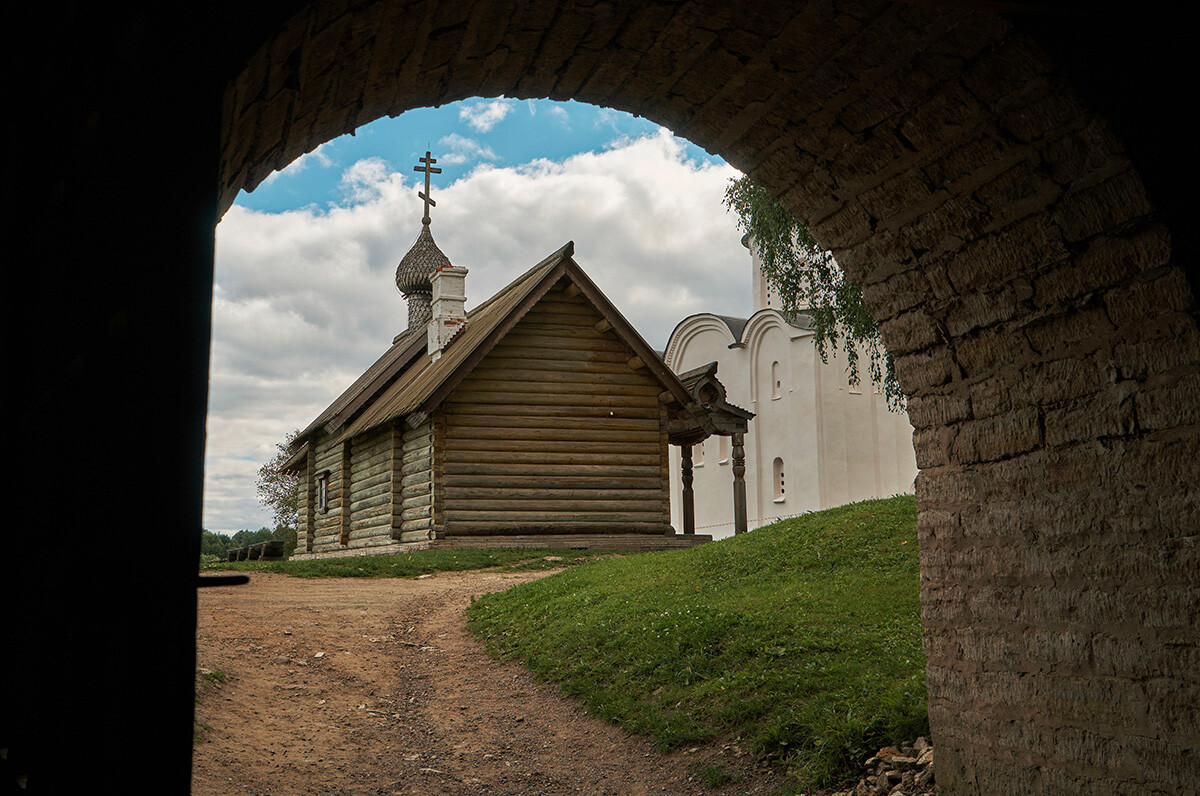
Staraya Ladoga, Leningrad Region.
Alexei Danichev/SputnikIn fact, St. Petersburg has never belonged to the Russian North. On the contrary, it has always been regarded as the source of everything Western and foreign in Russia, while the Russian North - the concept of preserved Russian traditions. However, there are some places in Leningrad Region that belong to the Russian North. These are territories in the east of the region, which border Vologda, Tikhvin, Staraya Lagoda and Volkhov. Today, these places are considered the centers of the Russian North.

Malye Korely museum, Arkhangelsk Region.
Pavel Lvov/SputnikThe main thing that describes these localities is the extraordinary wooden architecture. These are not plain houses, but ambitious buildings with artistic woodwork. There are several open-air museums in Russia, where you can see examples of ancient northern churches, houses, mills and other utility constructions. Wood is not a long-lived material; nevertheless, because of the isolation and sparseness, we can see today what wooden churches looked like a few centuries ago.
For the same reason, a large number of traditional crafts have remained: silver nielloing in Veliky Ustyug, bone carving in Kholmogory, clay toys in Kargopol.

View Of The Kirillo-Belozersky Monastery.
Legion MediaThe Russian North has kept the largest number of ancient monasteries and churches of the 14th-16th centuries. The most famous are the Kirillo-Belozersky and Ferapontov monasteries in Vologda Region; the fortress monastery in the Solovetsky archipelago; and the Alexander-Svirsky monastery in Leningrad Region. The monasteries of Beloe Lake are sometimes poetically referred to as the ‘Russian Thebaid’, comparing them to the Egyptian Thebes, the place of early Christian hermits. These monasteries had not only a religious significance, but also a cultural one: they formed the northern schools of iconography and architecture. A number of villages and towns sprang up around these monasteries.
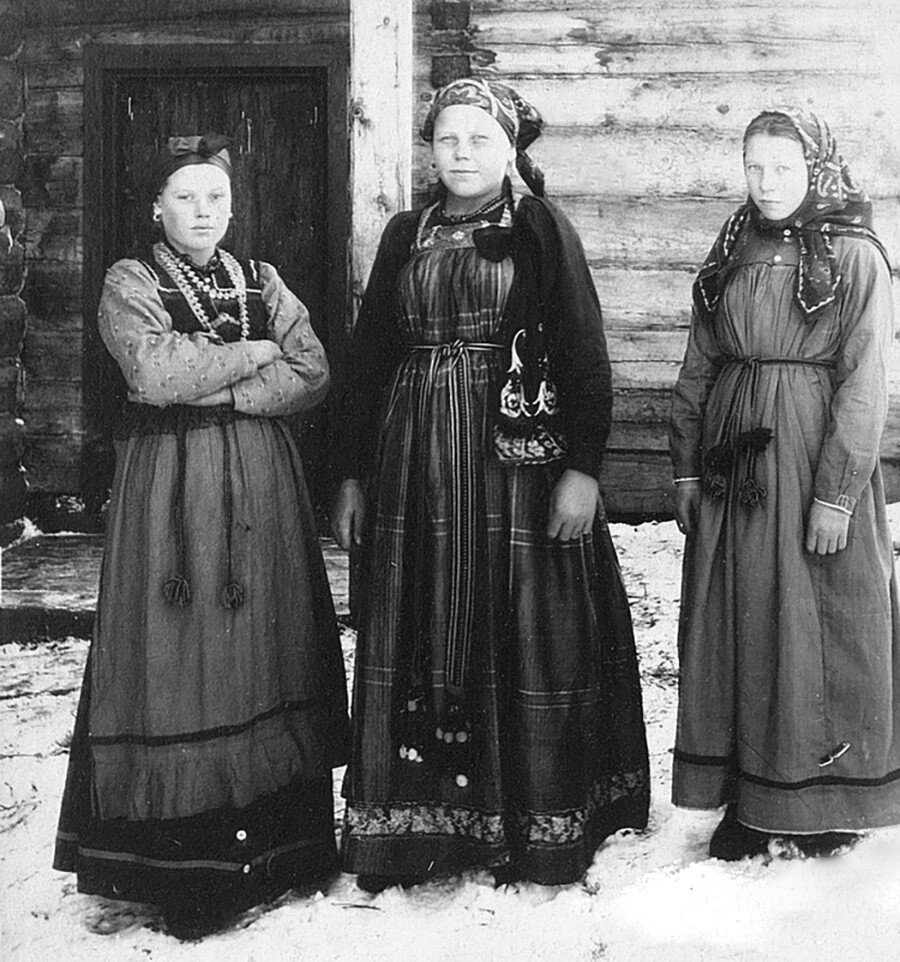
Pomors. Early XX century.
Nikolai ShabuninIn the late 17th century, the Russian North became the home to Old Believers. They were against the official church reforms and moved to these remote spots where nobody could find them. Also, for a long time, locals refused to go to the new chronology, which was introduced by Peter I (according to the Pomors who followed the old Slavic calendar, now the year 7530). The old traditions were “conserved” in the Russian North for many centuries (globally, until modern communications and transport appeared).
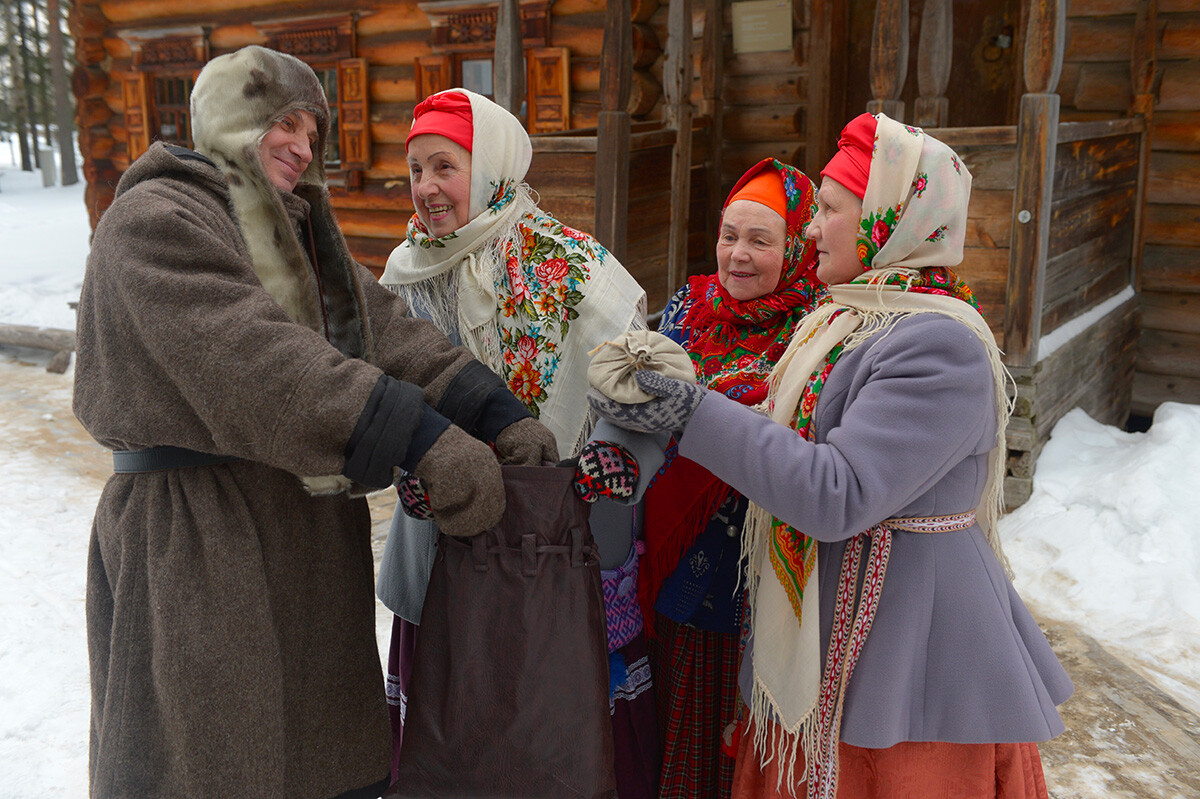
At the Malye Korely Museum of Wooden Architecture in the Arkhangelsk Region.
Vladimir Trefilov/SputnikThere are only three dialects of Russian and you can easily distinguish them by ear (more about dialects). Northern Russian sounds very melodic, like a real folk song, and has lots of “o” sounds. In the video below, a girl is telling a fairy tale:
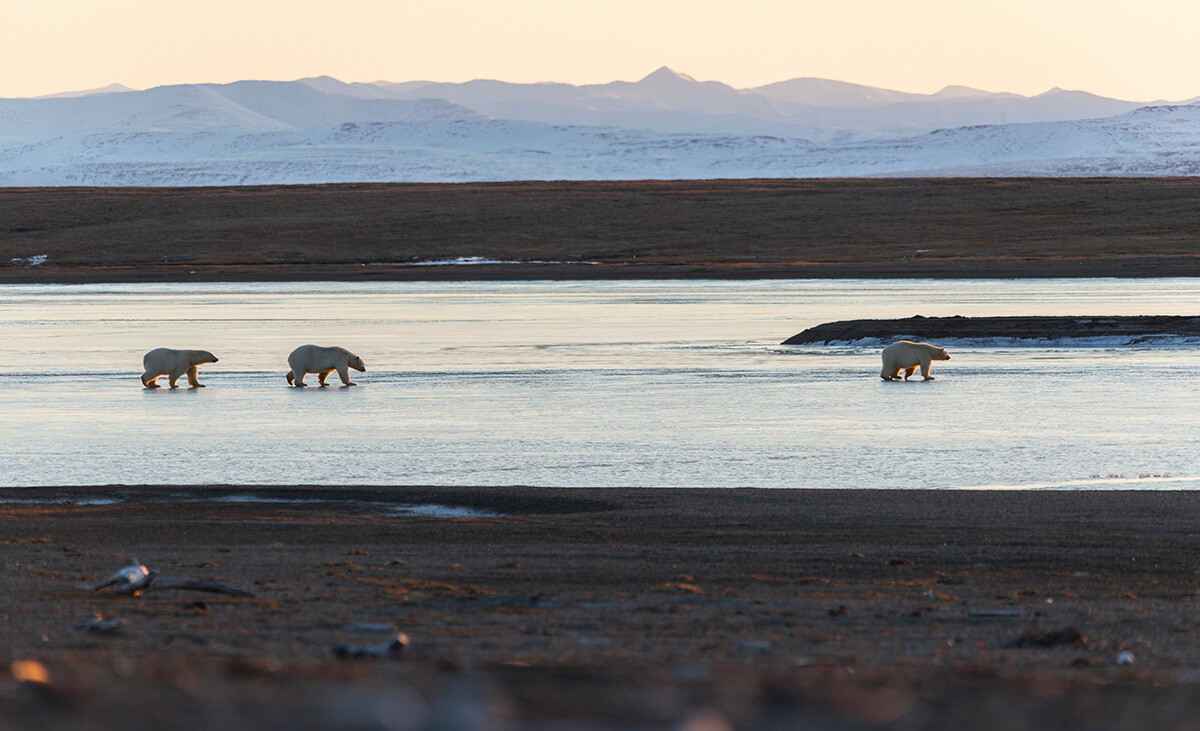
Bears of Chukotka. This is the Far North of the Far East!
Maxim Deminov/SputnikIt’s important not to confuse the concepts of the ‘Russian North’ with the ‘Far North’. These are the very different terms. The Far North is also a concept not really linked with geography, but refers more to the social and economic sphere. The fact is that most areas in Russia have an incredibly harsh climate with very cold and long winters. They are all equated to the Far North. These include permafrost areas from Yamal to Chukotka and hard-to-reach areas of Siberia - for example, a number of settlements in the Republic of Tuva.
Read more about it here.
Dear readers,
Our website and social media accounts are under threat of being restricted or banned, due to the current circumstances. So, to keep up with our latest content, simply do the following:
If using any of Russia Beyond's content, partly or in full, always provide an active hyperlink to the original material.
Subscribe
to our newsletter!
Get the week's best stories straight to your inbox